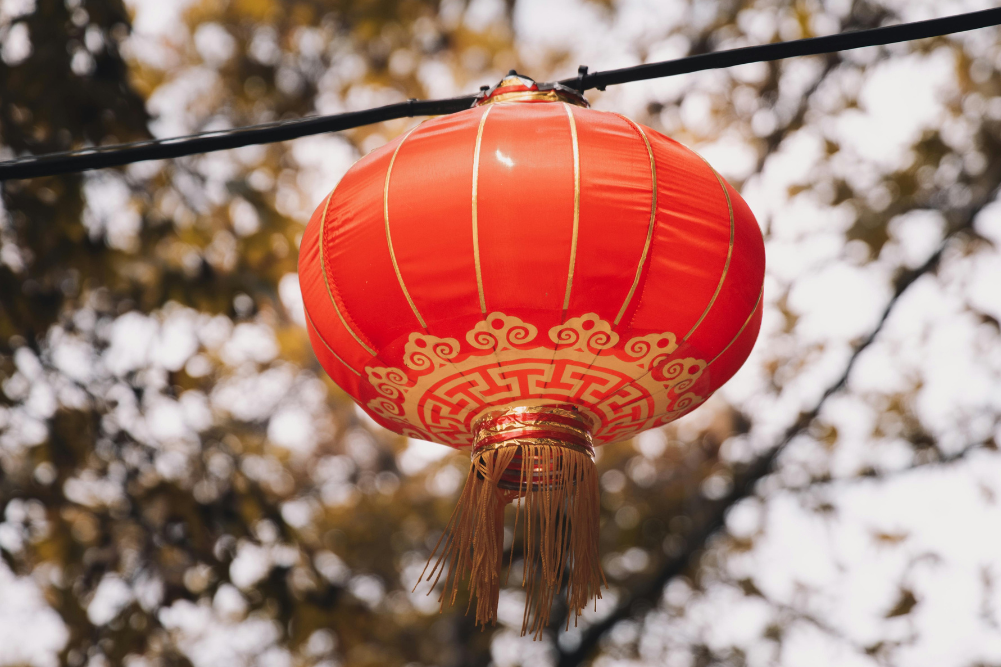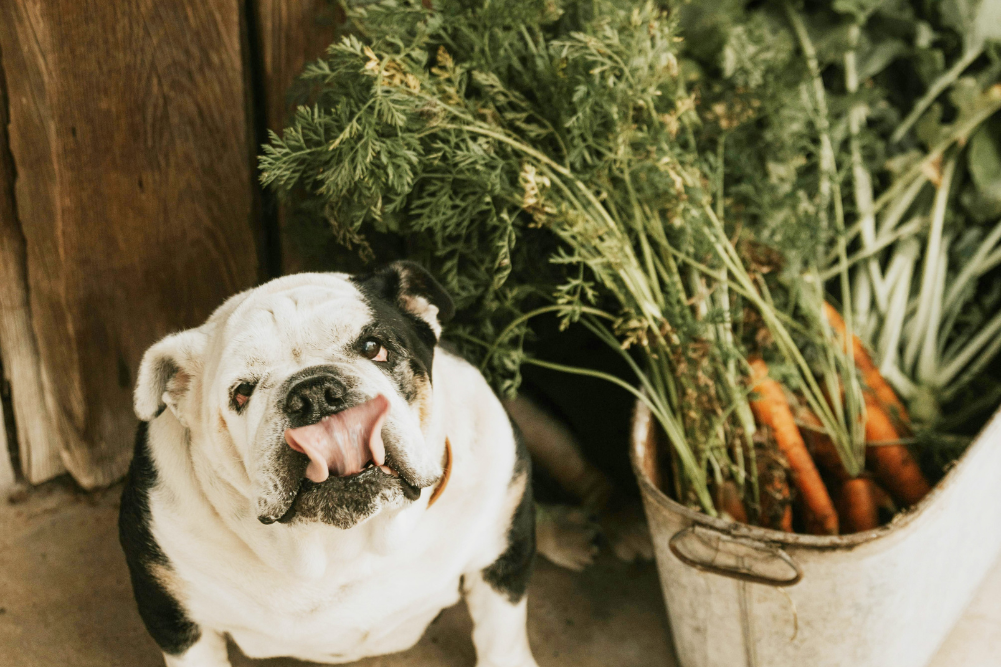Urban trees
Urban trees may not be the first thing you notice in cities, but their impact is profound. From boosting biodiversity and improving air quality to enhancing mental health and cooling urban heat, trees bring nature’s benefits into the heart of city life. With initiatives like the 3–30–300 rule, trees are becoming essential for healthier, more liveable urban spaces.
Cities are associated with many remarkable things, but mature street trees are rarely one of the most memorable. Yet an arboreal presence has played an important role in urban centres from the second half of the 19th century onward, including in iconic cities such as New York and Paris. The idea was to bring elements of the countryside into a nature-starved metropolis. Similar thinking underlay the parallel development of urban parks as green spaces.
As data about their benefits has accumulated and as knowledge of ecology has become more widespread and sophisticated, urban trees are increasingly valued, and their range of advantages is sometimes quantified by giving them an estimated dollar value.
To help boost human health, the 3-30-300 rule is now being adopted in some urban plans. This is shorthand for a benchmark of having three or more mature trees visible from every home, school and workplace, at least 30 per cent tree canopy, and a public green space within 300m.
A range of benefits
Among the upsides of trees in cities are:
- A boost for biodiversity, by providing habitat for animals, birds and insects.
- Connection to nature, often in environments where it may otherwise be locally unavailable.
- Individual wellbeing and an enhanced quality of life. Many people experience an improvement in mental health, with the relief of stress, anxiety and depression. Living near trees boosts mental focus and improves student academic performance.
- Health-wise, proximity to trees boosts the immune system, and an appealing aesthetic environment encourages more active lifestyles.
- Social benefits include lower crime, enhanced neighbourhood cohesion and a reduction in loneliness because a more welcoming environment encourages social connection.
- Improved air quality, and the associated health benefits. Pollutants generated by traffic are removed, including the most dangerous PM2.5 particulates.
- Moderating the urban heat island effect, where cities are hotter than their surroundings as a result of human-made elements such as buildings, roads, and other infrastructure absorbing and re-radiating heat. Trees cool their surroundings via evapotranspiration, a process where leaves release water into the atmosphere. In hotter countries, this effect is more marked, and researchers from RMIT University in Melbourne have found that Australian urban heat islands can be up to 4–10 degrees Celsius. Medellin in Colombia has reduced temperatures across the city by 2 degrees Celsius through its Green Corridors planting program.
- In cities that can experience extreme temperatures, shade from trees can save lives, especially among the homeless.
- Where trees insulate houses from the sun, this reduces cooling costs. According to Dr Greg Moore, an arboriculture expert from The University of Melbourne, savings from air conditioner use are estimated at 12–15 per cent per year. In addition to helping relieve cost-of-living pressures, it also helps tackle climate change.
- Urban trees boost property values in Australia and New Zealand by tens of thousands of dollars.
- In shopping districts, the presence of trees encourages people to linger, and they ultimately tend to spend more money.
- As with other greenery, trees absorb some stormwater during intense rain events.
- Trees produce fruit or nuts.
- They serve as a carbon sink that sequesters some of the world’s CO2.
Downsides
Alongside the benefits are a few less favourable factors:
- The risk of falling branches and, in storms, falling trees. In addition to injuries, deaths and property damage, electricity connections may also be lost. A solution to this infrastructure damage is to run the cables underground, which also allows canopies nearby to grow naturally without pruning.
- Fallen fruit can be messy and slippery underfoot. Seeds, bark, twigs and smaller branches can all be shed, and both sap and bird droppings can fall onto cars.
- Extensive roots can damage nearby house foundations, and where they raise the pavement, this could be a tripping hazard.
- In bushfire-prone areas, trees close to a dwelling are a risk, and a setback is often applied.
Fortunately, some of these risks and nuisances can be avoided by the species selection.
Getting active with planting
The ideal urban street tree is considered to be one with a tall straight trunk and branches above head height. It would be tolerant of pruning, drought-resistant and pollution-resistant. To manage future climate change, it would be suited to accommodate hotter local temperatures. Eucalypts are a poor choice because of their tendency to unexpectedly shed large branches. Think ahead about the size it will grow into when mature, especially where there are electricity cables overhead.
Local governments are sometimes proactive about street tree plantings, but the community has a role to play too. The nature strip, or road verge, belongs to the council, but the property owner is responsible for its maintenance. Many councils have policies against unauthorised trees, but some pursue a more laissez-faire approach, where no approval is needed for suitable species. Councils often have rules specifying the minimum distance to such features as road intersections, driveways, power poles, light poles, drains and pedestrian road crossings. Height limits may also apply.
Among unauthorised “guerrilla” tree planters are horticulturalist Tim Pickles in south-western Sydney, a low-canopy area, who has planted more than 100 trees on nature strips, in car parks and in schools. These have nearly all been without permission and he has not been penalised for doing this. Michael Leunig, the celebrated Australian cartoonist, unofficially planted eucalypts, from a young age, on nature strips in what were largely treeless suburbs in Melbourne’s west. A few of these are still standing.
Tree planting community groups include the female-led Grow Urban Shade Trees (GUST) on the Woy Woy Peninsula of the New South Wales Central Coast. The Central Coast Council allows nature strip trees to be planted without permission, so long as they are within the council guidelines. GUST has an ambitious vision of boosting the canopy coverage of residential areas of the Central Coast well above the present level of less than 10 per cent.
Ongoing watering is necessary in the first couple of years of a young tree’s life.
Tiny urban forests
A new idea in urban tree planting is the micro-forest or tiny forest, an innovation that was developed by late Japanese botanist Akira Miyawaki in the 1970s. These wooded patches are about the size of a tennis court and are an effective way to restore biodiversity to areas that would otherwise be nature deficient. They are also good at moderating temperatures and improve air quality in their vicinity.
Micro-forests are characterised by closely spaced plantings, creating a denser mass of vegetation. Because these trees are in competition for light, space and water, this mimics the way that natural forests operate and encourages fast growth. These tiny forests have been found to create mature ecosystems within 20–30 years instead of centuries and are self-sustaining after only two to three years.
A good micro-forest contains a diverse mix of species, with up to 30 different types of native trees and shrubs. Its increased planting density means that it absorbs significantly more carbon dioxide than conventional plantings. A strategically located tiny forest can be used to block out traffic noise and screen out unappealing urban aesthetics.
These forests are most common in Europe and are now taking off in Australia and New Zealand.
The socioeconomics of suburban trees
Some patterns tend to hold true across Western countries. Older, more historic suburbs usually have a far greater tree canopy extent. There is usually a strong overlap between these suburbs, more expensive properties and a high socio-economic bracket. In newer suburbs, more often characterised by lower socioeconomic conditions, tree plantings are usually infrequent, creating a less aesthetically appealing look.
The US is a place whose poorer suburbs are generally those with large African American and Hispanic populations. Inequality between races is reinforced by a tree canopy deficiency heat island effect, which can translate into heat-related health threats. People in these suburbs who do not have an air conditioner may be unable to remain in their homes in heatwaves during the daytime and may need to access a cooling centre. The same issue exists in hot regions everywhere.
Trees and densification
An unfortunate trend in many cities, including in Australasia, is the loss of trees on private land when development involves the demolition or removal of a dwelling to make way for a block of units, or where an in-fill development model involves the construction of a second dwelling on a lot. A similar effect is caused by residential lots shrinking, while detached houses have been growing in size. Contributing to the heat island, densification is partly driven by pressure from national and state governments which are looking for urgent ways to relieve a housing crisis occurring in both Australia and New Zealand.
While there is a general correlation between higher density and a lack of tree canopy, it is possible to combine medium- and high-density development with street trees. Space can be allocated for them during the design stage by allocating deep soil zones for the roots. A successful combination of high-density and street trees occurs in the Sydney suburb of Rhodes, where the City of Canada Bay has been supportive of them as a feature of the streetscape.
In Australian and New Zealand cities
Both Australia and New Zealand are highly urbanised countries, with about 90 per cent of Australians and 87 per cent of New Zealanders living in cities. As a result, the policies and initiatives in relation to urban trees are far-reaching in terms of the number of people they affect.
In the big picture, urban tree cover is generally diminishing, as a result of trees being removed faster than they are planted, which sometimes sits awkwardly with future government targets for increased canopy coverage. The University of South Australia environmental researchers have identified a 30 per cent decline in Australian residential trees over the period from 2012–2022. Much of it is linked to development, and this loss of trees can only be reversed by a strategy that addresses what occurs on private land.
Sydney has an ambitious target of 40 per cent canopy across all Greater Sydney council areas by 2036, rising from today’s figure of about 22 per cent. Encouragingly, the city’s canopy coverage has been slowly increasing, although there are substantial variations in trends across councils. In 2018, the state government launched a program for Greater Sydney called Five Million Trees and has produced an urban forest publication called the Greener Neighbourhoods Guide.
In contrast, Perth has Australia’s lowest level of canopy, just 16 per cent, and this figure is falling. However, some councils are taking proactive steps. The City of Nedlands in the western suburbs has made it an offence to remove or damage a tree above 8m in height, located on private land, without council approval. It is looking likely that this policy will be replicated across the city’s local governments.
Auckland has marked disparities in tree canopy between different regions. Some peripheral suburbs are heavily forested, while some other areas have a canopy of less than two per cent. Between 2006 and 2016, 17 per cent of all trees in Auckland’s inner suburbs were lost, a trend that is believed to have been accelerated by changes to the Resource Management Act in 2012 that removed bulk protection from trees not identified on district plans. Under the Auckland Urban Naghere (Forest) Strategy, the city-wide target is an average canopy of 30 per cent, with a minimum of 15 per cent in each local board area. The most recent figure is 18.4 per cent, and the trend is a slight uptick.
Bridging the political divide
In several urban centres around the world such as Sheffield, Plymouth, Madrid and Toronto, there have been incidents involving the unpopular and arguably wrong-headed felling of trees by local or state authorities. Experience is showing that community opposition and non-violent protest can be effective means of halting this. In a polarised world, it is heartening that support for the protection of trees generally transcends the political spectrum.
Similar is a broad range of community support for the work of unauthorised tree planters such as Tim Pickles.
On balance, the positives of street trees far outweigh the negatives, especially if intelligent species choices are made. Find out your council’s policies and see if there is a tree-planting group running locally, which could involve either nature strips or urban bush Landcare activities.








